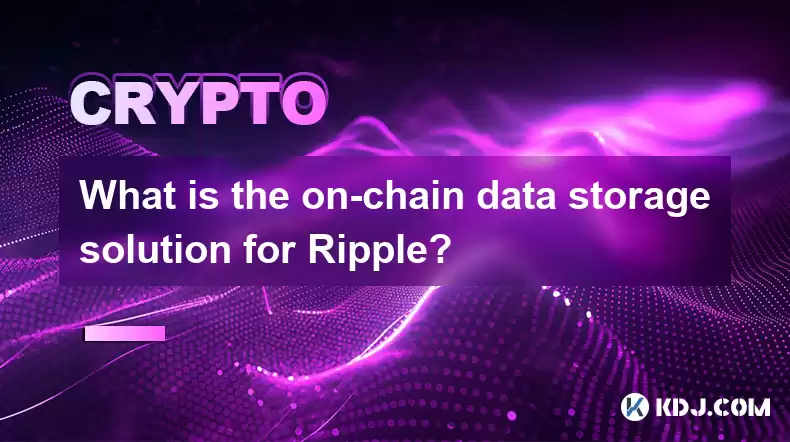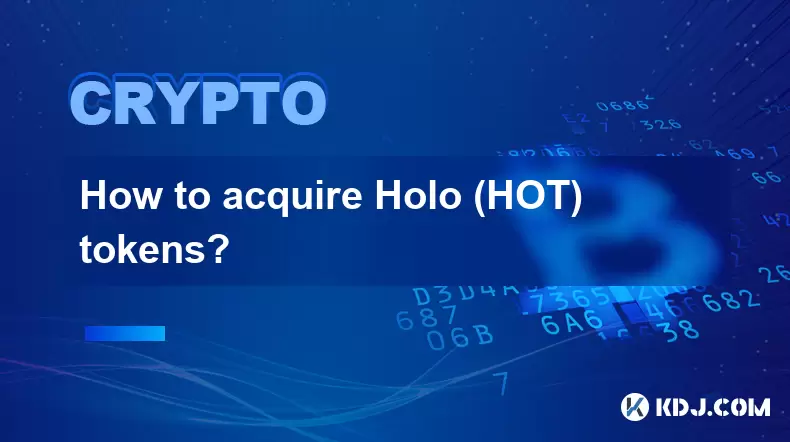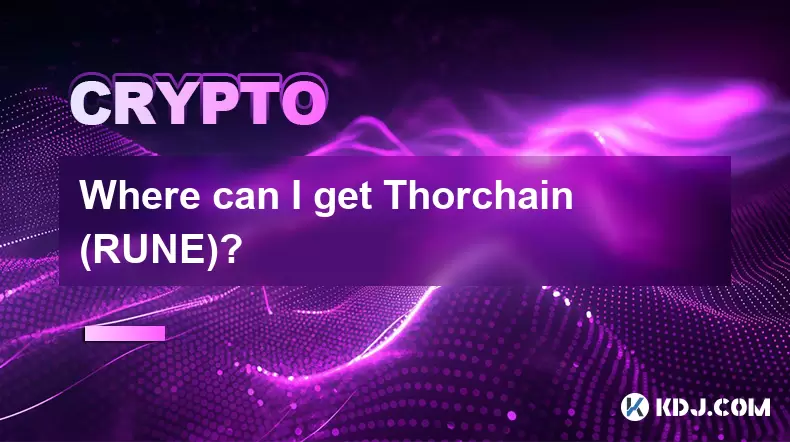-
 Bitcoin
Bitcoin $117500
2.15% -
 Ethereum
Ethereum $3911
6.19% -
 XRP
XRP $3.316
10.79% -
 Tether USDt
Tether USDt $1.000
0.01% -
 BNB
BNB $787.2
2.24% -
 Solana
Solana $175.2
4.15% -
 USDC
USDC $0.9999
0.00% -
 Dogecoin
Dogecoin $0.2225
8.40% -
 TRON
TRON $0.3383
0.28% -
 Cardano
Cardano $0.7868
6.02% -
 Stellar
Stellar $0.4382
9.34% -
 Hyperliquid
Hyperliquid $40.92
7.56% -
 Sui
Sui $3.764
7.63% -
 Chainlink
Chainlink $18.48
10.66% -
 Bitcoin Cash
Bitcoin Cash $582.1
1.88% -
 Hedera
Hedera $0.2601
6.30% -
 Avalanche
Avalanche $23.33
4.94% -
 Ethena USDe
Ethena USDe $1.001
0.02% -
 Litecoin
Litecoin $122.3
2.04% -
 UNUS SED LEO
UNUS SED LEO $8.969
-0.27% -
 Toncoin
Toncoin $3.339
0.86% -
 Shiba Inu
Shiba Inu $0.00001287
4.30% -
 Uniswap
Uniswap $10.43
7.38% -
 Polkadot
Polkadot $3.861
5.08% -
 Dai
Dai $1.000
0.02% -
 Bitget Token
Bitget Token $4.513
3.41% -
 Monero
Monero $267.7
-6.18% -
 Cronos
Cronos $0.1499
4.14% -
 Pepe
Pepe $0.00001110
5.15% -
 Aave
Aave $284.9
8.28%
What is the on-chain data storage solution for Ripple?
Ripple's XRPL Ledger enables immutable, transparent on-chain data storage, enhanced by the Interledger Protocol for cross-network data exchange, offering advantages like scalability and cost-effectiveness despite limitations in storage capacity and data privacy.
Feb 16, 2025 at 07:42 pm

Key Points:
- Ripple's XRPL Ledger and its On-Chain Data Storage Capabilities
- Interledger Protocol (ILP) for Cross-Network Data Exchange
- Advantages of On-Chain Data Storage on the XRPL
- Limitations and Considerations of On-Chain Data Storage
- Alternative On-Chain Data Storage Solutions for Ripple
- Cross-Chain Interoperability for On-Chain Data Storage
- Emerging Use Cases and Future Prospects for On-Chain Data Storage
Article Content:
1. Ripple's XRPL Ledger and its On-Chain Data Storage Capabilities
At the core of Ripple's ecosystem lies the XRPL Ledger, a decentralized, public blockchain designed for fast, secure, and scalable transactions. Unlike many other blockchains, the XRPL allows for the storage of arbitrary data on-chain, enabling developers to create and deploy sophisticated applications.
On-chain data storage on the XRPL utilizes the XRPL Ledger's native currency, XRP, to reserve space within the blockchain for data. This data can range from simple text messages and images to complex financial instruments and smart contract logic. By anchoring data directly onto the blockchain, Ripple ensures its immutability, transparency, and resilience.
2. Interledger Protocol (ILP) for Cross-Network Data Exchange
Ripple's Interledger Protocol (ILP) extends the on-chain data storage capabilities of the XRPL to other blockchain networks and financial systems. ILP serves as a bridge between different ledgers, allowing data and payments to flow seamlessly across disparate platforms.
By leveraging ILP, businesses and developers can access and interact with on-chain data stored on the XRPL from within their own blockchain applications. This cross-network interoperability fosters data sharing and collaboration among multiple parties, unlocking new possibilities for innovation and financial efficiency.
3. Advantages of On-Chain Data Storage on the XRPL
Storing data on the XRPL offers several key advantages that make it an attractive solution for various use cases:
- Immutability: Once data is written to the XRPL Ledger, it cannot be altered or deleted, ensuring its integrity and authenticity over time.
- Transparency: All transactions and data stored on the XRPL are publicly accessible, providing full visibility and auditability.
- Security: The XRPL's decentralized architecture and robust cryptography safeguard data from tampering and unauthorized access.
- Scalability: The XRPL can handle high volumes of data transactions efficiently and cost-effectively, supporting the needs of demanding applications.
- Cost-effectiveness: Data storage on the XRPL is relatively inexpensive compared to other blockchain platforms, making it accessible to a wide range of users.
4. Limitations and Considerations of On-Chain Data Storage
While on-chain data storage offers numerous advantages, it also comes with certain limitations and considerations:
- Storage Capacity: The XRPL has a limited block size, which may constrain the amount of data that can be stored on-chain.
- Transaction Privacy: By default, all transactions and data on the XRPL are publicly visible, which may not be desirable for sensitive information.
- Data Structures: The XRPL supports basic data structures and does not provide advanced features such as relational databases or indexed data fields.
5. Alternative On-Chain Data Storage Solutions for Ripple
In addition to the native on-chain data storage capabilities of the XRPL Ledger, Ripple also supports alternative solutions for storing large volumes of data or data that requires more advanced structures:
- Codius: A decentralized platform that enables the deployment of smart contracts and Web Services on the XRPL, offering more flexibility for data storage and processing.
- IPFS (InterPlanetary File System): A decentralized peer-to-peer network for storing and sharing large files, which can be integrated with the XRPL to expand its data storage capacity.
6. Cross-Chain Interoperability for On-Chain Data Storage
Beyond the XRPL ecosystem, cross-chain interoperability is becoming increasingly important for on-chain data storage. Projects such as the Polkadot network and the Cosmos SDK provide solutions for connecting different blockchain networks, enabling the seamless transfer and storage of data across multiple platforms:
- Cross-Chain Bridges: These bridges facilitate the exchange of data and assets between various blockchain networks, allowing developers to access on-chain data from multiple sources.
- Multi-Chain Data Storage: Utilizing multiple blockchain networks for data storage provides enhanced security, scalability, and resilience by distributing data across different platforms.
7. Emerging Use Cases and Future Prospects for On-Chain Data Storage
The use cases for on-chain data storage are continuously expanding, with innovative applications emerging across various industries:
- Supply Chain Management: Tracking the movement of goods and verifying their provenance by storing data on the blockchain, enhancing transparency and reducing fraud.
- Healthcare: Maintaining secure and immutable medical records, enabling efficient data sharing and improving patient care.
- Government: Storing official documents and legal contracts on-chain to ensure authenticity and prevent tampering, fostering trust and transparency.
- Digital Identity: Establishing verifiable digital identities by storing personal data and credentials on the blockchain, streamlining
Disclaimer:info@kdj.com
The information provided is not trading advice. kdj.com does not assume any responsibility for any investments made based on the information provided in this article. Cryptocurrencies are highly volatile and it is highly recommended that you invest with caution after thorough research!
If you believe that the content used on this website infringes your copyright, please contact us immediately (info@kdj.com) and we will delete it promptly.
- Stablecoins, Hong Kong, and On-Chain Finance: Navigating the Regulatory Maze
- 2025-08-08 12:30:12
- Tron's Sell-Off Spurs Altcoin Shift: What's Next for TRX?
- 2025-08-08 08:30:12
- Euler, DeFi, and Coinbase: A New York Minute on the Latest Buzz
- 2025-08-08 12:30:12
- RUVI Presale: Is the Growth Potential Real?
- 2025-08-08 09:10:12
- Sleep Token's US Takeover: Thornhill Rides the 'Even In Arcadia' Wave
- 2025-08-08 08:30:12
- FTT Token's Wild Ride: Creditor Repayments vs. Market Drop - A New Yorker's Take
- 2025-08-08 07:10:12
Related knowledge

Where can I buy UMA (UMA)?
Aug 07,2025 at 06:42pm
Understanding UMA and Its Role in Decentralized FinanceUMA (Universal Market Access) is an Ethereum-based decentralized finance (DeFi) protocol design...

Where can I purchase Siacoin (SC)?
Aug 08,2025 at 11:14am
Understanding Siacoin (SC) and Its Role in the Sia NetworkSiacoin (SC) is the native cryptocurrency of the Sia decentralized cloud storage platform, a...

Where can I buy OMG Network (OMG)?
Aug 08,2025 at 12:57pm
Understanding OMG Network (OMG) and Its PurposeThe OMG Network, originally known as OmiseGO, is a layer-2 scaling solution built on the Ethereum block...

What exchanges support buying IOTA (MIOTA)?
Aug 07,2025 at 09:58pm
Understanding the Role of Private Keys in Cryptocurrency SecurityIn the world of cryptocurrency, private keys are the cornerstone of ownership and con...

How to acquire Holo (HOT) tokens?
Aug 08,2025 at 05:56am
Understanding Holo (HOT) and Its EcosystemHolo (HOT) is a cryptocurrency token associated with the Holo ecosystem, which is built on the Holochain fra...

Where can I get Thorchain (RUNE)?
Aug 08,2025 at 08:07am
Understanding the Role of Seed Phrases in Cryptocurrency WalletsA seed phrase, also known as a recovery phrase or mnemonic phrase, is a critical compo...

Where can I buy UMA (UMA)?
Aug 07,2025 at 06:42pm
Understanding UMA and Its Role in Decentralized FinanceUMA (Universal Market Access) is an Ethereum-based decentralized finance (DeFi) protocol design...

Where can I purchase Siacoin (SC)?
Aug 08,2025 at 11:14am
Understanding Siacoin (SC) and Its Role in the Sia NetworkSiacoin (SC) is the native cryptocurrency of the Sia decentralized cloud storage platform, a...

Where can I buy OMG Network (OMG)?
Aug 08,2025 at 12:57pm
Understanding OMG Network (OMG) and Its PurposeThe OMG Network, originally known as OmiseGO, is a layer-2 scaling solution built on the Ethereum block...

What exchanges support buying IOTA (MIOTA)?
Aug 07,2025 at 09:58pm
Understanding the Role of Private Keys in Cryptocurrency SecurityIn the world of cryptocurrency, private keys are the cornerstone of ownership and con...

How to acquire Holo (HOT) tokens?
Aug 08,2025 at 05:56am
Understanding Holo (HOT) and Its EcosystemHolo (HOT) is a cryptocurrency token associated with the Holo ecosystem, which is built on the Holochain fra...

Where can I get Thorchain (RUNE)?
Aug 08,2025 at 08:07am
Understanding the Role of Seed Phrases in Cryptocurrency WalletsA seed phrase, also known as a recovery phrase or mnemonic phrase, is a critical compo...
See all articles

























































































